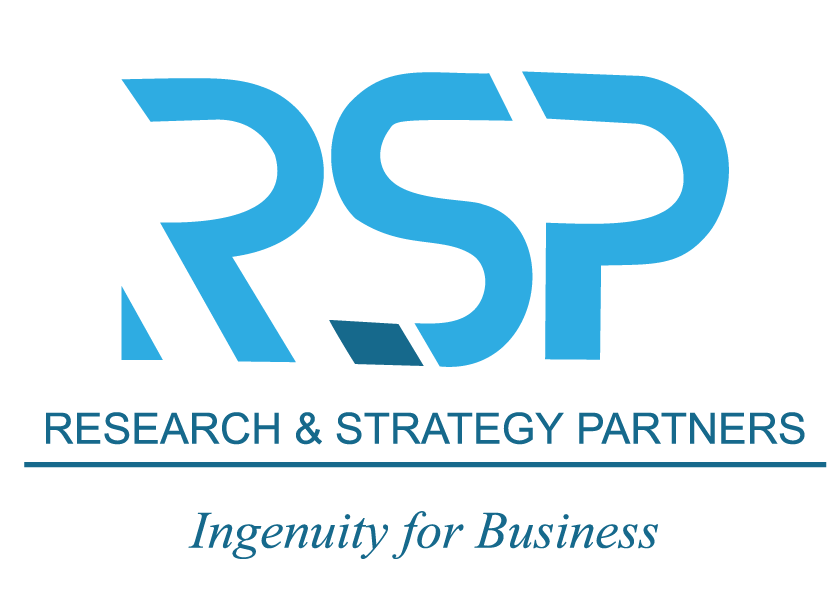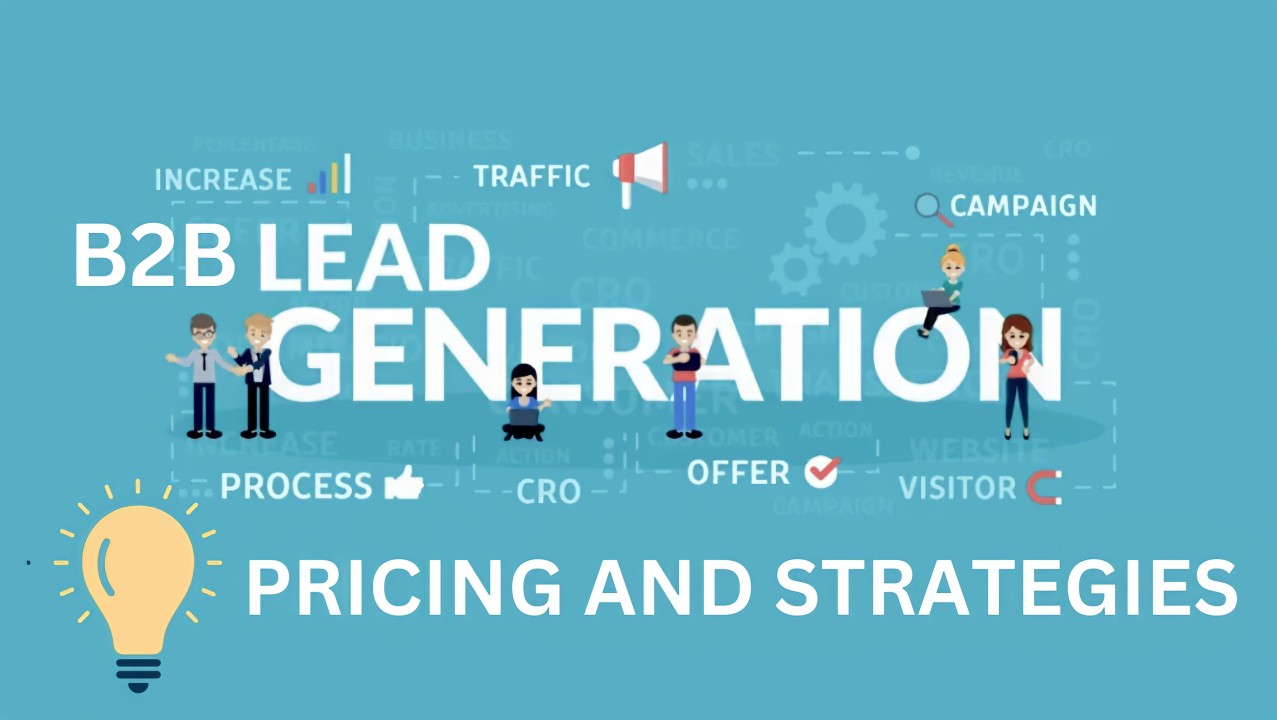B2B outreach is dynamic and complex. Standing out isn’t just about having a great product—it’s about mastering the right mix of strategies to connect, engage, and convert high-value decision-makers. While digital channels continue to evolve, tried-and-true methods like telemarketing and email marketing remain powerhouses for driving growth when executed strategically.
But true scalability comes from going beyond the basics. The most successful B2B companies don’t rely on a single tactic—they build a growth engine, combining high-impact outreach with cutting-edge tools and data-driven insights.
In this guide, we’ll break down the essential components of a high-performance B2B growth toolkit, from optimizing telemarketing and email campaigns to integrating advanced tactics that accelerate pipeline velocity and maximize ROI. Whether you’re looking to refine your outreach or build a fully integrated demand-generation machine, this is your roadmap to sustainable, scalable growth.
1. Telemarketing: The Human Touch in a Digital Age
Despite the rise of automation and AI, telemarketing remains one of the most effective methods for direct engagement. Why? Because people still crave human connection, especially when making complex B2B purchasing decisions.
Why Telemarketing Works
- Direct interaction: It allows real-time conversations that can adapt to objections and queries on the spot.
- Qualification: Sales development reps (SDRs) can assess intent, authority, and budget more effectively through voice communication.
- Relationship building: Personalized conversations lay the groundwork for trust, which is essential in long B2B sales cycles.
Best Practices for B2B Telemarketing
Telemarketing is far from dead—it’s evolving. When used strategically, it can be a powerful cornerstone in your B2B growth stack.
- Target the right audience using high-quality, segmented contact lists.
- Train your reps to speak consultatively, not just pitch.
- Integrate with CRM tools to track interactions and automate follow-ups.
- Leverage calling technology like auto-dialers and call analytics to increase efficiency.
2. Email Marketing: Precision and Scale
Email marketing continues to be one of the highest ROI channels in B2B. It’s cost-effective, scalable, and incredibly versatile—from newsletters and nurturing sequences to personalized outreach.
Why Email is Essential
- Personalization at scale: With segmentation and dynamic content, emails can feel tailor-made.
- Data-driven: Open rates, click-through rates, and engagement metrics give clear feedback loops.
- Automation-friendly: Tools like HubSpot, Mailchimp, and ActiveCampaign let marketers set up drip campaigns, behavioral triggers, and A/B testing.
Key Email Strategies
- Cold outreach with value: Start conversations by addressing a specific pain point and offering a solution.
- Lead nurturing: Use targeted drip campaigns to educate and guide prospects through the funnel.
- Re-engagement campaigns: Win back dormant leads with fresh offers, insights, or personalized content.
- Optimize for deliverability: Use proper domain authentication (SPF, DKIM, DMARC), avoid spammy language, and clean your list regularly.
Email works best when it’s part of a larger, integrated strategy, not a standalone blast.
3. Beyond the Basics: Modern Tactics for B2B Growth
While telemarketing and email form the backbone of many growth strategies, they are most effective when augmented with other modern tactics.
LinkedIn Outreach
- As the top B2B social network, LinkedIn offers a goldmine of opportunity for prospecting.
- Use tools like LinkedIn Sales Navigator to find and engage with decision-makers.
- Combine personalized connection requests with follow-up messaging to build rapport over time.
Content Marketing
- High-value content (blogs, whitepapers, case studies) establishes your authority and nurtures leads.
- SEO-optimized articles bring in organic traffic while educating prospects at every stage of the funnel.
- Webinars and video content can be particularly effective in building trust and demonstrating expertise.
Account-Based Marketing (ABM)
- ABM flips the funnel by identifying high-value target accounts first and then tailoring campaigns to them.
- Coordinate efforts across sales and marketing to deliver a unified message.
- Use intent data and personalized content to engage each account with precision.
Marketing Automation & CRM Integration
- Tools like Salesforce, HubSpot, and Marketo help streamline and scale your efforts.
- Automation allows for better lead scoring, nurturing, and handoffs to sales teams.
- Real-time analytics help you adjust campaigns based on performance.
4. Data and Analytics: Fuel for the Growth Engine
Without data, you’re flying blind. The most effective growth strategies are driven by continuous measurement and optimization.
Key Metrics to Track
- Lead conversion rates
- Call-to-meeting ratios
- Email open and click rates
- Sales cycle length
- Customer acquisition cost (CAC)
- Lifetime value (LTV)
Use dashboards and reporting tools to get a 360-degree view of your funnel and identify drop-off points.
5. AI and Predictive Technologies: The Next Frontier
AI is no longer a luxury—it’s a necessity for competitive B2B growth. From predictive lead scoring to automated chatbots and AI-written emails, these tools can drastically improve efficiency and effectiveness.
Emerging Tools and Trends
- Predictive analytics to forecast which leads are most likely to convert.
- Conversational AI for qualifying leads via chat on your website.
- AI-driven copywriting for faster content creation and testing.
- Voice analytics to evaluate the quality of telemarketing calls.
Integrating AI doesn’t replace human effort—it enhances it by freeing your team to focus on higher-value tasks.
6. Building Your B2B Growth Stack
Here’s a quick checklist of tools and strategies to build a full-spectrum B2B growth engine:
Core Channels
- Telemarketing (manual and auto-dialers)
- Email (outreach + nurture)
- LinkedIn (social selling)
Supporting Tactics
- Content marketing
- SEO
- Paid ads (LinkedIn, Google Ads)
- Webinars and events
Tech Stack
- CRM (Salesforce, HubSpot)
- Marketing automation (Marketo, Pardot)
- Prospecting tools (ZoomInfo)
- AI tools (ChatGPT)
The goal isn’t to use every tool but to choose the ones that align with your goals, budget, and buyer journey.
Conclusion: Orchestrating Growth in the B2B World
B2B growth doesn’t happen by chance—it’s the result of a well-orchestrated strategy that combines human connection with digital precision. Telemarketing and email remain foundational, but true success lies in how well you integrate these with modern channels, automation, data, and AI.
Sustainable B2B growth demands more than isolated tactics—it requires a synchronized approach that blends human expertise with cutting-edge technology. While telemarketing and email form the backbone of outreach, their true power is unlocked through intelligent integration—seamlessly connecting automation, data analytics, and AI-driven insights.
In the end, the ultimate B2B growth toolkit isn’t just about tools—it’s about alignment. Sales, marketing, and operations must work in concert, driven by a shared vision of customer success. When that happens, growth isn’t just achievable—it’s inevitable.
Rethinking your B2B Outreach Strategy?
Whether it’s scaling your lead generation, optimizing your outreach, or building a high-converting growth strategy, we’re here to help.
We know your audience. We have the Expertise in identifying key decision-makers and know how to reach them.
Let’s talk about how we can accelerate your growth with our B2B Outreach solutions.
Contact us today!
partners@research-strategy.com


Leave a Reply